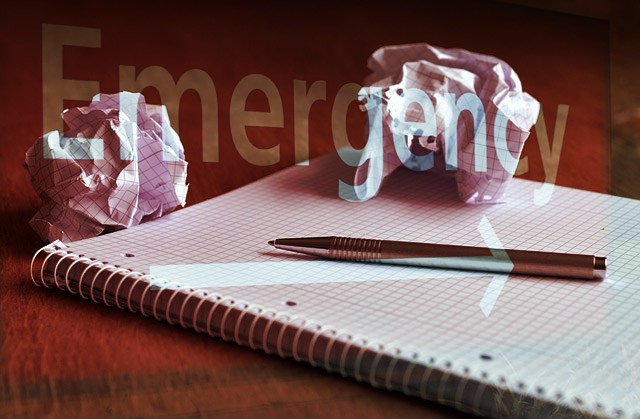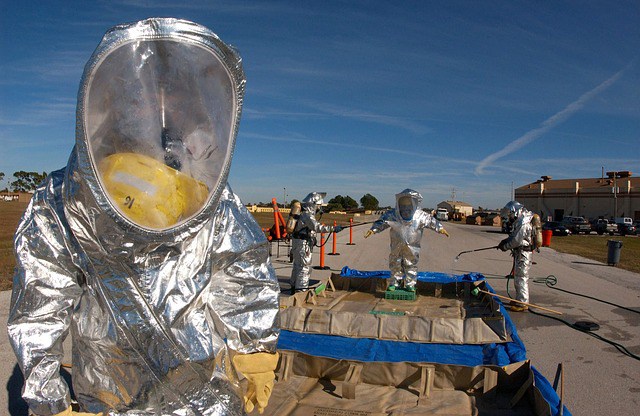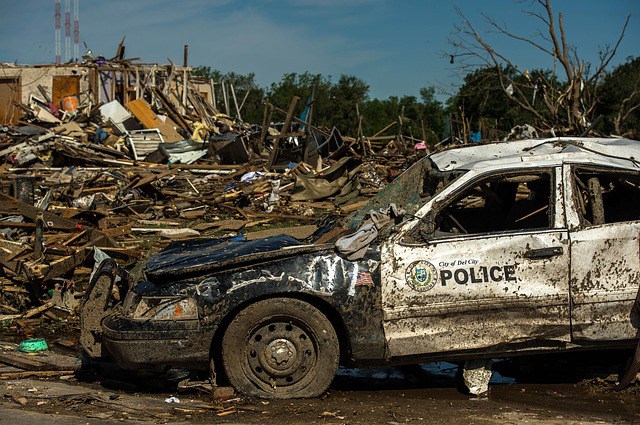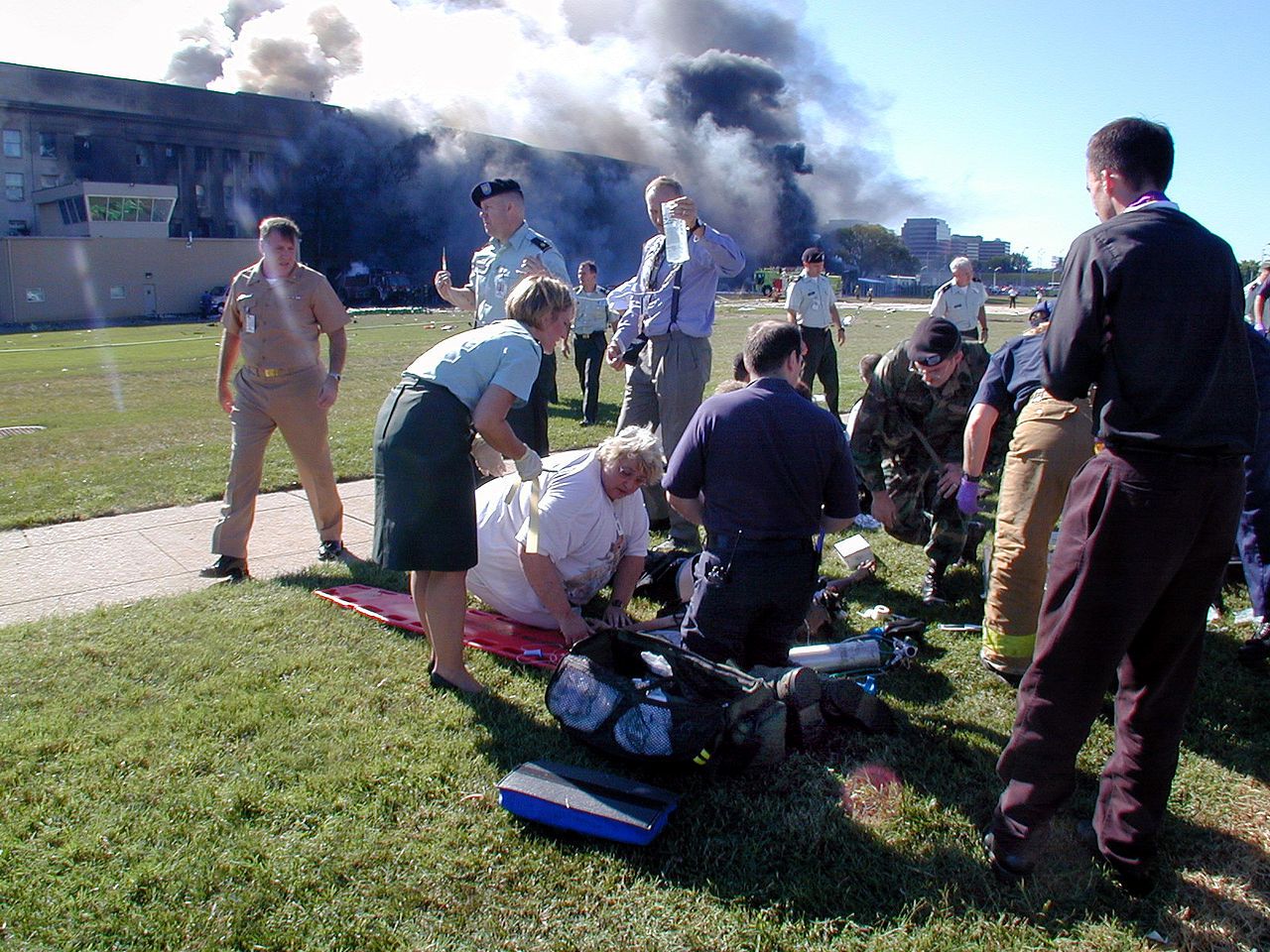
To be truly prepared for any type of disaster requires a good bit more effort than simply reading blogs, watching videos and accumulating supplies although I don’t discount at all those methods or preparation. The background investigation you do doesn’t all have to correlate specifically to your plan and in my experience so much of what I have researched, while not something I proactively work on, I feel it gives me perspective and as such contributes in some way to my overall prepping efforts. But at some point it helps to put your emergency response plan down on paper. When you start looking at the different aspects that could affect your life, it helps to give this process a little more structure and that is what I want to discuss today.
Many people come to the Final Prepper after a crisis has hit the news. Some have been prompted by an inner urging that motivates them to research preparedness as a way to mitigate tragedy. The reasons for wanting to prepare are different for each person, but there are a lot of common situations we can find ourselves in that require action. Action is better with training and training is born out of a plan for success. What could an emergency response plan for your family look like and where would you start prepping?
Emergency Response Plan First Step
Conduct a risk assessment
If you don’t know where to start, I would suggest you sit down and write down the risks you feel could impact your family in some way. Many of the next steps will fall in line after you know what you are prepping for.
- Hazard Identification – Do you live in a high-rise in a major metropolitan city or at the edge of a natural forest? Each of us has hazards that perhaps other people don’t need to worry about. What specific hazards could impact you directly where you live? Some common hazards you could be concerned about could be Fire, Hazardous spills from railroad or chemical plants nearby, Terrorism, pandemic, utility outages, cyber-attack. Write down any situation you feel you should be prepared for.
- Vulnerability Assessment – Understanding the risks above, who or what could be at risk if one or more of those hazards actually happened to you. There are people usually, maybe your own property, the larger hazards will/could impact infrastructure and supply chains. Some hazards can pollute the environment to the point where moving either temporarily or permanently may be necessary.
- Impact Analysis – Looking at the vulnerabilities above in light of the hazards, you start drilling into what prepping needs you should focus on. There could be injuries, property damage, loss of business income or other financial loss, environmental contamination or worse.
I find that it helps some people to write down specific lists for each of the items above because that should start directing your efforts. You can almost look at the impacts and work backwards. I know that injuries are very possible in almost any hazard I identified above so medical preparation is a given. I also know that some of the risks above highlight other security needs so I can begin planning for what we need to take care of before any emergency.
Having your risk assessment done should help you build your own preparedness plan. In my case this illuminated needs for many areas:
- Health and safety
- Physical Security
- Situational Awareness
- Advanced threat detection
- Firearms/Training/Ammo
- Passports for extreme situations
- Financial stability
- Debt reduction
- Cash alternatives
- Barter items
- Emergency Stash
The list above is large categories and each can be split into multiple sub-categories beneath those levels but it is a start. In many cases I was able to inventory the prepping supplies identified above that already existed in some capacity and use that to determine what was left to take care of/acquire/learn.
So that gets you to a point where you are thinking about a broad spectrum of things that could need addressing by you and what your plan of action may be. It is a start.
But then an actual emergency does happen.
Putting your emergency response plan into action
This could be after you have been prepping for years or before you have bought the first bag of beans or case of bottled water. Once the emergency has occurred, you have to put your emergency response plan into action. Hopefully you have considered the following areas below before you are forced to act.
The minutes directly before or after a disaster will afford you with a few choices and the time you have to decide can vary greatly. For the immediate safety of your group, you are going to need to figure out quickly which path to safety you need to follow.
- Evacuation – Getting the heck out of dodge may be the best thing you can do but that is easier said than done because there are so many variables. What methods do you have for evacuation? Are you able to use vehicles or are you forced to walk? Which direction are you heading and do you have a destination that you have already planned? How long will the evacuation take and do you have the rest of the city to contend with? Many of us plan to bug out but that isn’t always the best or most appropriate thing to do in all situations.
- Sheltering – Violent storms like tornadoes or hurricanes could force you to community shelters. Do you know where these are located in your city? Do you have go bags prepared and are ready to go in a moment’s notice to make it to the shelter? Do you have family members that may be on another side of town and will need to meet you at the shelter?
- Shelter-In-Place – In a widespread pandemic, it may be necessary to shelter in place and avoid contact with contagious individuals until the virus has run it’s course. Do you have the supplies to lock your home down and prevent contamination? Do you have the tools needed to make your own quarantine room if someone comes down with the infection? Do you have enough food and water to last the duration of the quarantine assuming that many utilities could go down as they are run by humans too who get sick or refuse to leave their homes.
- Lockdown – Temporarily you may need to barricade yourself as in the case of an active shooter. I usually don’t recommend this approach unless you have the means to really secure the room you are in, but if you can prevent entry and need to wait out a violent situation, that may be called for. If you have no locks or no really good way to prevent someone intent on doing harm from entering, I prefer either Fight or Flight approaches as opposed to sitting and waiting to be shot, but each person must identify their own risk tolerance with the situation.
What to do after the emergency has passed
In most disaster situations, there is a period when the disaster or crisis has passed. Storm waters recede, the wind stops blowing, the earth calms and the shooting stops. This is when your emergency response plan actually focuses on a different aspect of survival, but the entire process could repeat over and over again if circumstances change or the emergency event is protracted. Later, rinse, repeat.
- Check on people and assess damage – Do you have everyone accounted for and are there any injuries? Triage the most critical injuries:
- Those who are likely to live, regardless of what care they receive;
- Those who are likely to die, regardless of what care they receive;
- Those for whom immediate care might make a positive difference in outcome.
- Ensure safety – Assuming no one requires medical care, analyze your present location and situation. Do you need to move to another location for safety, either from the elements or bad people.
- Gather Intelligence – Do you know what has happened and what the situation is with other people in your group? Is communication still possible by phone or radio? Do you have communication alternatives like an emergency weather radio or Ham radios?
Determine next steps based upon understanding of your people’s current state and needs for security. It may be that you just roll out the barbecue, fire it up and start cooking those steaks you had that will go bad without power. It could be that you need to evacuate to another city or prepare to defend your home. Any emergency response plan is just a framework for helping you critically analyze, plan for and prevent threats, but it isn’t a solution. Your emergency response plan should enable you to act, but you will be on your own at some point. All the planning in the world can only prepare you. Reality gets a vote and you may find the situation completely different from what you planned for.
The exercise is still valid I think and perhaps this will help those who don’t know where to start prepping with a little direction. There is much to think about but doing so now will help you later if you are forced to live through your own emergency.























